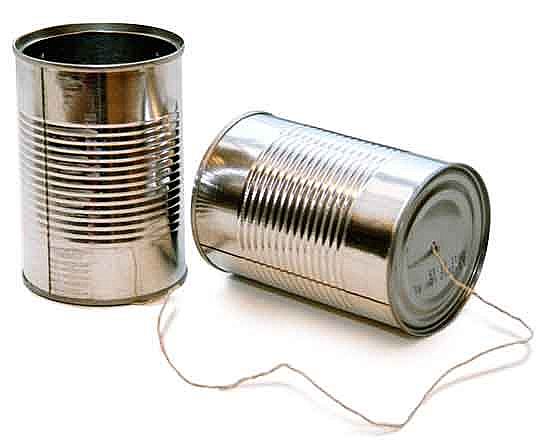- Battery
- The battery was used to have a current running through the wire. The current is required to run through the wire because this allows it to have a magnetic field
- Wire
- This is what spins. This has a current running through it and has a magnetic field in which a torque is created because it is pushed around. It is only scraped on one side because if it was scarped on both it would be pulled on both sides, but we want it to continue in the same direction so we only scraped one side. If we scraped the entire thing, it would be pushed/pulled then pushed/pulled back the other way. It would go back and forth but we want to it to spin in one direction and by scraping one side it is pushed/pulled,goes all the way around, then is pushed/pulled
- Magnet
- This is what pushes the wire. It's push or pull gets to the wires magnetic field which the current creates, which is why the wire can't be to far from the magnet. This push or pull then creates a torque causing the wire to spin
Uses
- You could wrap the wires in blade and make a fan. They would spin and go fast to cool you down
- You could put it on your mousetrap car and it would be the fastest car out there
- This is what cars to make the wheels spin. A motor of a car is something that converts gas (mechanical energy) into kinetic energy by just spinning
The reason that the motor spins is because a torque is created by the magnet pushing on a side of the wire. This wire has current running through it. This gives it a magnetized domain and creates a magnetic field. The magnetic is able to reach this field and pushes it. This is why we only scraped one side. So it would only push/pull one side. It wouldn't work without current running through the wire, scraping both sides, or no magnet.






